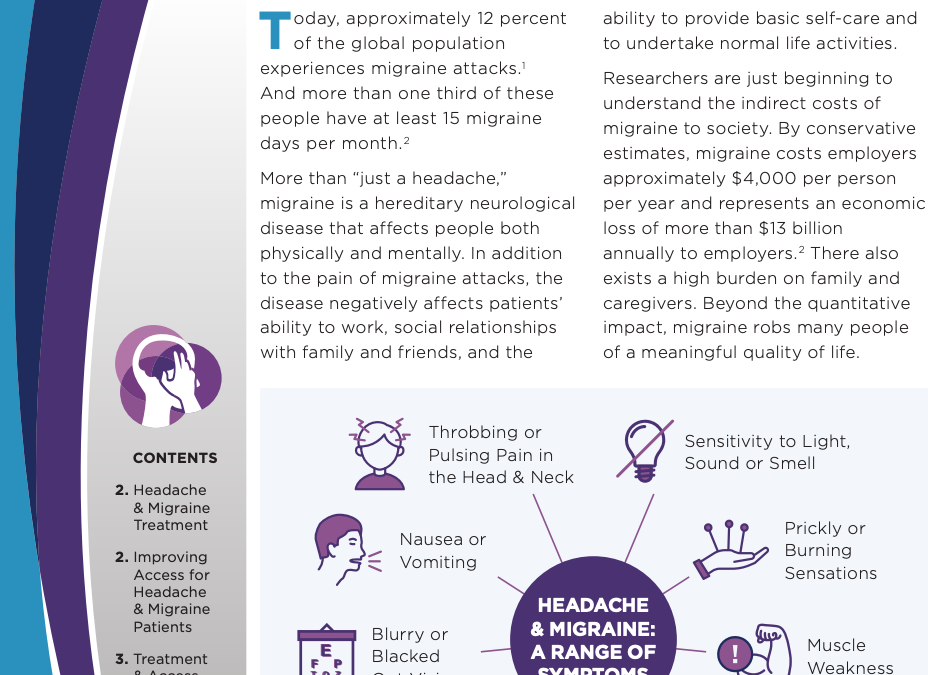“Restrictive insurance policies keep patients from the very medications that can prevent and treat [headache and migraine disease],” asserts the inaugural position paper from the Alliance for Patient Access’ Headache and Migraine Disease Working Group.
During the working group’s inaugural meeting, a common theme linked the clinicians’ experiences: Insurers’ rejection of prescribed treatments hurts patients. The newly-formed working group is comprised of heath care providers who specialize in treating people with headache and migraine disease, and who share an interest in advocating for better policies for their patients.
The clinicians’ dialogue identified four primary access barriers that are occurring across the nation:
- Prior authorization and punishment for performance: Clinicians’ expert medical judgement isn’t enough for insurers’ approval of some medications. Instead, clinicians are often forced to gain insurers’ prior or re-authorization, an onerous process that occupies their limited time and delays patients’ treatment. Another experience dubbed “punishment for performance” also torments patients. If a medication is working and patients experience fewer migraine days per month, insurance may opt not to cover the medication anymore because the patient’s condition is no longer considered chronic. Conversely, if the medication is working, but not well enough for the insurance company, insurers may decline to continue coverage.
- Prescriber restrictions: This policy limits who – namely neurologists, headache specialists and clinicians with precise certifications – can prescribe certain medications. The limited number of these professionals can make getting an appointment extremely difficult. Prescriber restrictions can force patients to travel great distances. They also “increase pressure and patient load” on health care providers, which can lead to burnout.
- Restrictions on combination therapies: “Insurers have begun limiting their approval of some treatment combinations,” the paper notes. This is harmful because many patients take several medications concurrently to prevent headache or migraine attacks and lessen debilitating symptoms.
- Non-medical switching: Forcing patients to change medications without regard for medical factors not only destabilizes their condition, but also can lead to additional medical expenses such as ER visits. Such preventable expenses can negate any cost savings associated with switching the patient to a cheaper – often older and less effective – medication.
These tactics leave people living with headache and migraine disease being routinely denied access to prescribed medications and treatments. As a result, patients, their families and communities suffer. Employers do too. Workplaces “lose an estimated $50 billion dollars annually in absenteeism, lost productivity and medical expenses,” according to the paper. In some cases, patients may have to leave the workforce altogether.
Policymakers have the opportunity to address harmful access barriers with commonsense, patient-focused solutions. It’s clear that the members of AfPA’s Headache and Migraine Disease Working Group hope they will.
To learn more, read “Treatment Challenges for People with Headache and Migraine Disease.”




